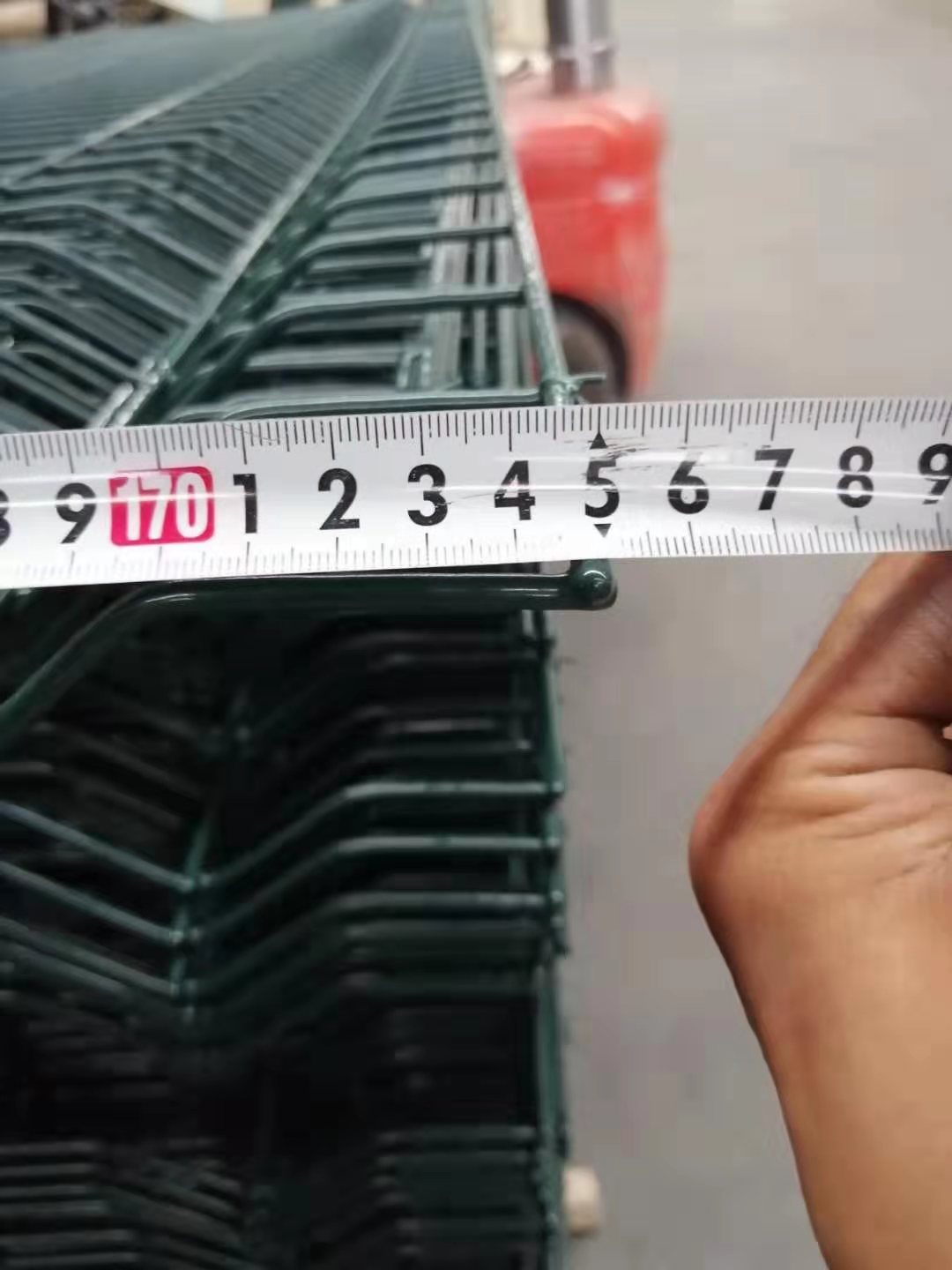The storage and transportation of fence net seems simple, but it is also a complex method. Common methods of interlacing include bump and X shapes. When stacking, they are not stacked randomly or orderly, but are stacked together unevenly. There are many kinds of guardrails, including triangular guardrails, wire mesh guardrails, bilateral wire guardrails, frame guardrails, zinc steel guardrails, etc. Although the deposit demand is different, the deposit and delivery are slightly different due to different varieties.

Deposition of triangular curved fence and double-sided steel wire fence
This type of fence is small in size and light in weight, and can transfer five or six pieces at a time. Therefore, five or ten pieces can be stacked together as a unit, and the next five or ten pieces can be staggered with it. Such uneven placement is not only conducive to counting the number of people, but also conducive to mobilization, which is the crystallization of workers and talents. The stacking type is usually a bump shape.
Deposition of frame fence, wire mesh fence and galvanized steel fence

This is a kind of fence net with large volume and weight, which can only be transferred manually one by one, so it needs to be stacked in a staggered way. The interlacing method usually uses an X shape, which is different from the concave and convex shape in the front.
Conclusion: There are usually two methods for the storage and transportation of fence mesh: uneven stacking method and X staggered stacking method. The choice of method depends on the specific variety
Pre:Peach column fence installation problem
Next:The process of coating with zinc to prevent rust and corrosion, galvanized metal fence